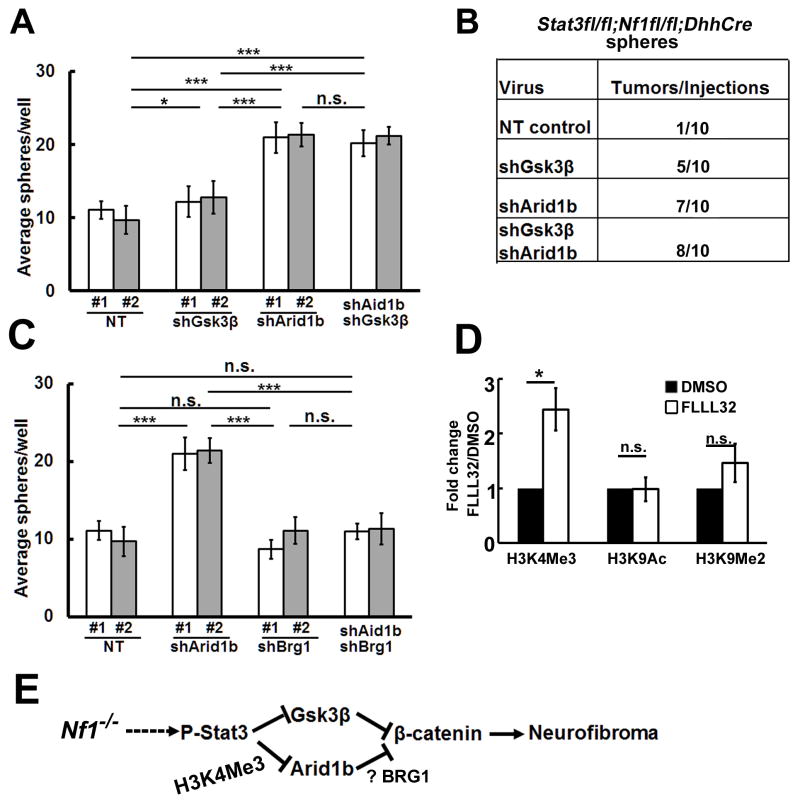Figure 7. Arid1b and Gsk3β contribute to Stat3 mediated neurofibromagenesis.
(A) In vitro, shGsk3β does not fully rescue Stat3fl/fl;Nf1fl/fl;DhhCre sphere numbers. Simultaneous knockdown of Gsk3β and Arid1b shows similar effects to shArid1b alone. (B) Neurofibroma-like tumors form in Stat3fl/fl;Nf1fl/fl;DhhCre sphere cells infected with shArid1b, shGsk3β, or both and transplanted into nu/nu mice. (C) Brg1 is necessary for Stat3fl/fl;Nf1fl/fl;DhhCre sphere formation in cells treated with shArid1b. (D) CHIP shows enhancement of the H3K4Me3 mark at the Arid1b promoter. (F) Schematic shows a model of neurofibroma initiation: Loss of Nf1 in SCP causes activation of P-Stat3. P-Stat3 transcriptionally represses Arid1b and Gsk3β, increasing β-catenin activity. Mean ± SEM is shown for 3 independent experiments in Panels A, C, and D. Two different shRNA clones (#1 and #2) were used in A and C, For combination, we used shArid1b #1+shGsk3β #1 (white bar) or shArid1b #2+shGsk3β #2 (grey bar) in A. We used shArid1b #1+shBrg1 #1 (white bar) shArid1b #2+shBrg1 #2 (grey bar) on C. Statistics: Ordinary one way ANOVA.

